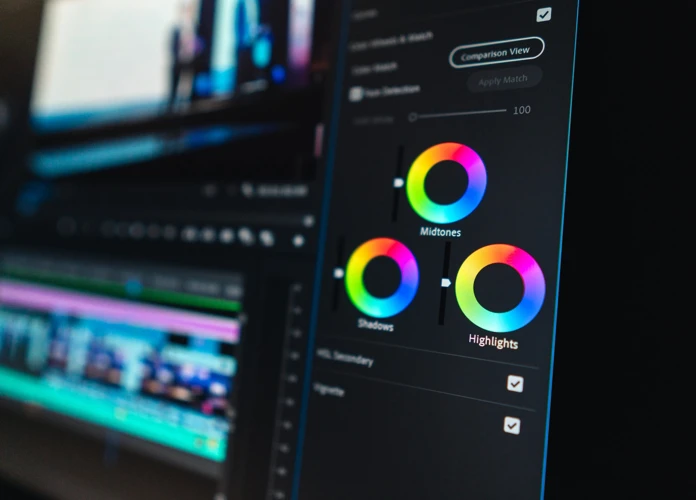Post-production is a crucial phase in the filmmaking process where the magic truly happens. Color grading and sound design are two key elements that can significantly enhance the visual and auditory impact of a film. In this blog post, we will delve into advanced tips for color grading and sound design to help you elevate the quality of your projects.
Understanding Color Grading
Color grading is the process of altering and enhancing the color and mood of a film or video to create a desired visual aesthetic. It involves adjusting the brightness, contrast, saturation, and color tones of individual shots or entire sequences. Here are some advanced tips to take your color grading skills to the next level:
1. Utilize Color Wheels and Curves
Color wheels and curves are powerful tools that allow you to make precise adjustments to the shadows, midtones, and highlights of your footage. Experiment with these tools to fine-tune the color balance and contrast of your images.
2. Create a Consistent Color Palette
Establishing a consistent color palette throughout your film can help create a cohesive visual style. Use color grading to unify the look of different shots and scenes, ensuring a seamless viewing experience for your audience.
Mastering Sound Design
Sound design is the art of creating and manipulating audio elements to enhance the storytelling and emotional impact of a film. From dialogue clarity to ambient sound effects, sound design plays a crucial role in immersing viewers in the cinematic experience. Here are some advanced tips for improving your sound design skills:
1. Use Layered Sound Effects
Layering multiple sound effects can add depth and richness to your audio mix. Experiment with combining different sounds to create a more dynamic and immersive sonic environment.
2. Pay Attention to Sound Dynamics
Sound dynamics refer to the variation in volume levels within a scene. By carefully adjusting the volume, panning, and EQ of different audio elements, you can create a sense of space and movement that enhances the realism of your sound design.
3. Implement Creative Sound Editing Techniques
Explore creative sound editing techniques such as time-stretching, pitch-shifting, and reverse playback to add a unique and innovative touch to your audio tracks. These techniques can help you achieve a more experimental and avant-garde sound design.
Optimizing Workflow Efficiency

1. Utilize Color Grading Presets
Save time and streamline your color grading process by using presets or LUTs (Look-Up Tables) that can be applied to your footage with a single click. Customize and create your own presets to maintain a consistent look across multiple projects.
2. Organize Your Sound Library
Keep your sound effects library well-organized and categorized to quickly locate and access the audio assets you need. Creating a systematic naming and tagging system can greatly improve your workflow efficiency during the sound design process.
3. Collaborate with a Sound Designer
Consider collaborating with a professional sound designer to elevate the quality of your audio production. A skilled sound designer can bring a fresh perspective and expertise to the sound design process, enhancing the overall impact of your film.
Staying Ahead of the Curve
As technology continues to advance and creative trends evolve, staying ahead of the curve in color grading and sound design is essential for filmmakers and content creators. By mastering these advanced techniques and incorporating them into your workflow, you can enhance the visual and auditory storytelling of your projects, captivating audiences and leaving a lasting impression.
Conclusion
Color grading and sound design are integral components of the post-production process that can elevate the quality and impact of a film. By implementing advanced techniques and optimizing your workflow efficiency, you can enhance the visual and auditory storytelling of your projects, creating a captivating cinematic experience for your audience.